
"Made from recycled ingredients and return to the soil when you've finished using it," Polartec said, the future of outdoor wear
Polartec is a global fabric manufacturer that offers a wide range of synthetic fiber materials, essential for high-performance outdoor wear, for safety and comfort in harsh environments, from cold-weather jackets such as fleece and padded parkas, as well as base layers to waterproof and breathable jackets. If you've been exposed to the outdoors to a certain extent, you probably don't know this name.
On January 30th, 2019, a shocking statement was issued by Polartech. This is a declaration regarding the "Eco-Engineering™ initiative," which Polartec will continue to use recycled and biodegradable ingredients across its entire product line.
This time, we were able to speak directly to Eric, the company's EU/Asia Regional Sales Manager, and Thomas, product development, to explore the efforts, the meaning they represent, and the future of outdoor gear that changes.
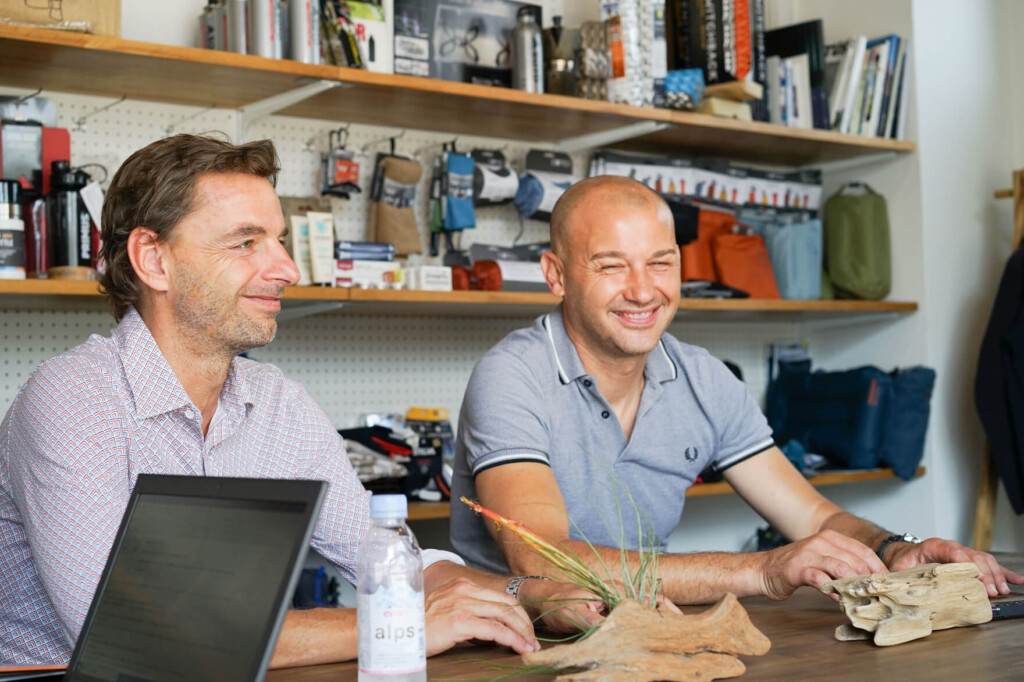
table of contents
- The shock of "recycled and biodegradable fibers"
- The challenge of sustainability that has lasted for 30 years, began with recycling fleece
- Polartech aims to bring to the final point of textiles
- Polartech's latest materials that embody "high performance x sustainable"
- Summary: Development of the world's first fully recycled and biodegradable outdoor wear is no longer a dream
The shock of "recycled and biodegradable fibers"
The statement released is a groundbreaking material that combines two important properties for the conservation of the global environment. It is the new standard for sustainable textiles.
 Thomas: The initiatives announced this time were created through collaborations with many pioneering technical companies. First, with the cooperation of Unifi, which began joint development in 2006, we have succeeded in producing excellent recycled fibers (yarn). By combining this with Intrinsic Advanced Materials' groundbreaking CiCLO technology (a technology that makes polyester biodegradable), we have achieved "biodegradable recycled synthetic fibers." This first fleece product made with "recycled and biodegradable fiber" is scheduled to be launched by 2020.
Thomas: The initiatives announced this time were created through collaborations with many pioneering technical companies. First, with the cooperation of Unifi, which began joint development in 2006, we have succeeded in producing excellent recycled fibers (yarn). By combining this with Intrinsic Advanced Materials' groundbreaking CiCLO technology (a technology that makes polyester biodegradable), we have achieved "biodegradable recycled synthetic fibers." This first fleece product made with "recycled and biodegradable fiber" is scheduled to be launched by 2020.
The challenge of sustainability that has lasted for 30 years, began with recycling fleece
Polartech's environmental efforts have not just started suddenly. It can be traced back to the development of fleece products made from recycled polyester in 1993.
 Eric: It is difficult to decide on the specific date when Polartech began developing environmentally friendly technologies, but in terms of final products, it can be traced back to the recycled polyester fleece products produced from plastic bottles in collaboration with Patagonia in 1993. In 2010, we developed 100% recycled polyester, Repreve®, in collaboration with Unifi, and to this day, the quality and sustainability of our fabrics has continued to evolve steadily at a time.
Eric: It is difficult to decide on the specific date when Polartech began developing environmentally friendly technologies, but in terms of final products, it can be traced back to the recycled polyester fleece products produced from plastic bottles in collaboration with Patagonia in 1993. In 2010, we developed 100% recycled polyester, Repreve®, in collaboration with Unifi, and to this day, the quality and sustainability of our fabrics has continued to evolve steadily at a time.
The entire initiatives that Polartech undertakes as an environmentally and socially responsible company are organized into the framework of "Eco-Engineering™."
Eric: Even if a product is friendly to people and the environment, if the factories and equipment that produce it are causing harm to people, then it cannot be said that it is fulfilling its responsibility to people or the global environment. We have begun production at factories that meet global environmental standards, including Bluesign certification, which is given to products that have undergone a sustainable supply chain, Oeko-tex certification, which is a proof of textile products that are friendly to humans and the earth, and are working to promote safe and sustainable production for the people and the environment in all aspects. At Polartech, we collectively refer to the entire framework that combines high quality and sustainability in all processes, including production equipment, not just these products themselves, as "Eco-Engineering™."
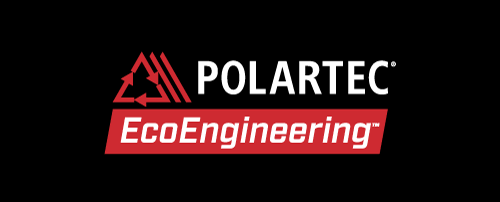
The January 2019 statement is the culmination of one of the actions that Polartech has been working on for over 30 years, and can be said to be a major step forward for the future.
Polartech aims to bring to the final point of textiles
The development of the world's first fully recycled and biodegradable fleece, outerwear and other jackets is "not a dream."
 Thomas: The recycled and biodegradable fiber approach starts with polyester products. This is a big reason why we produce the most and use it by the most people. We will then gradually work on recycling and converting other fibers such as nylon and polyurethane into biodegradable materials.
Thomas: The recycled and biodegradable fiber approach starts with polyester products. This is a big reason why we produce the most and use it by the most people. We will then gradually work on recycling and converting other fibers such as nylon and polyurethane into biodegradable materials.
The ultimate goal of this initiative is to enable the production of all products, such as fully recycled and biodegradable fleece, waterproof and ventilated jackets, and other padded jackets, for the first time in the world. In the world we envision in the future, everything is made from recycled raw materials, and is more durable than it is now, and people can use it for a long time, and ultimately recycle it again, and even if it is thrown away, it will return to the soil and not become garbage, and we will continue to work on this in the near future.
Polartech's latest materials that embody "high performance x sustainable"
Polartech's technical capabilities and high environmental technology are fully demonstrated by the latest materials that were released one after another last year and this year. We asked Polartec about the appeal and advantages of each of these two materials.
Polartec Power Fill

Thomas: Power Fill is a "soft and flexible polyester fiber matrix designed with a unique geometric shape." The most distinctive feature of this padded material is its lightweight and high insulation performance, while also having excellent durability and consistency of the padded panel. This means that there is no need to divide the padding into small pieces in baffles, and unnecessary seams can be omitted, allowing for a clean surface to be maintained. The high durability and stability also contribute to ease of use, as its performance is not easily reduced no matter how many times it is washed. And of course, it's a big advantage that it's made from 100% recycled polyester.

At the moment, there are only basic versions, but we are looking at more variations in the future. For example, we are developing versions that are highly breathable and have more comfort that doesn't accumulate too much heat, and versions that have more mobility that add stretch. Of course, we will also be able to improve the recyclability and biodegradation performance of the materials at the same time.
Furthermore, although only cold-weather outerwear products are available nowadays, the possibility of using insulation such as Power Fill for other equipment is naturally being considered. Applications to gloves and footwear have already begun, and I think there will be some releases of products in the near future.
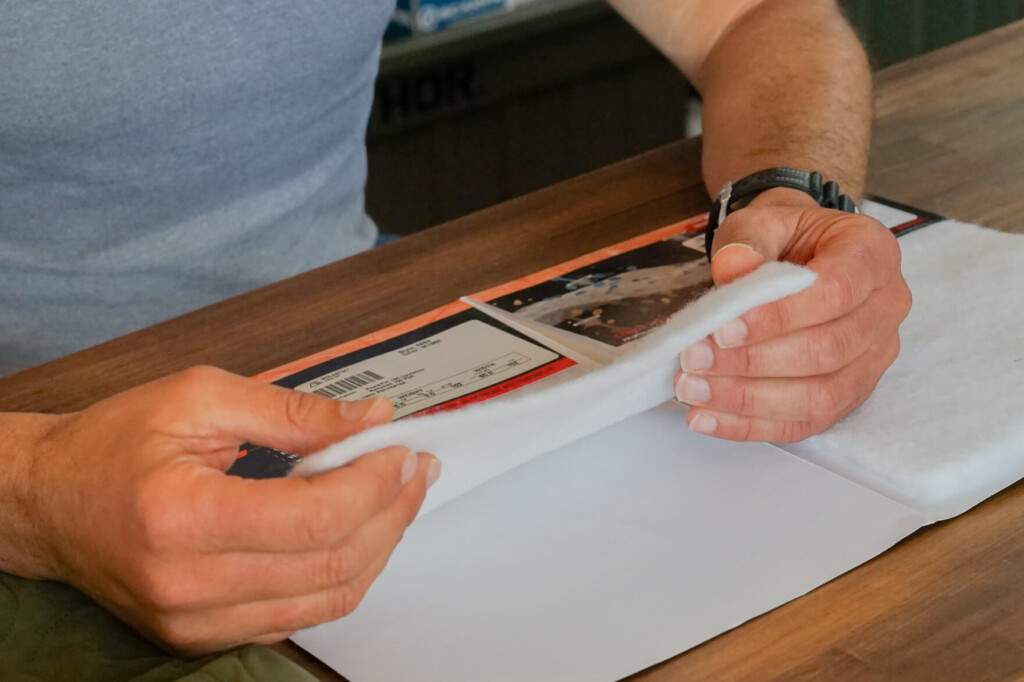
Polartec Power Air

Thomas: The most difficult part of developing the Power Air was how to make it a cold-resistant fabric that does not brush (= does not emit microfiber).
Unlike traditional insulation that relies on mechanically raised and sheared threads, Power Air is a unique structure created by laying small capsule-like cells that allow insulated air to literally trap.
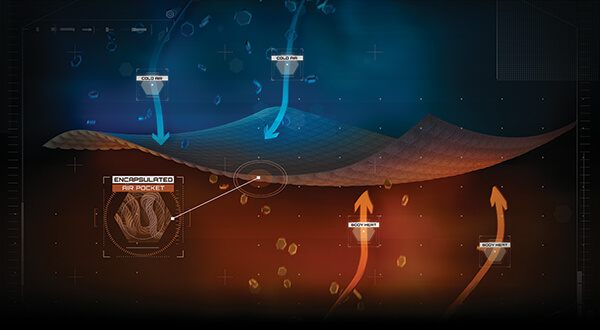
The fibres, which are vented into the capsule, create a space to hold warm air and create an insulation effect. Moreover, since the fibers inside are trapped in the room, the fine polyester that is discharged from the fibers does not leak out, and as a result, it is said that microfiber can be reduced by five times as much as normal fleece. This is why it is said to be an evolution of fleece, with plenty of stretchability.
This is also the first year, so it is only a basic version, but in the future, it will be applied to a variety of layers, including base layers, while adjusting the stretchability, feel, weight, and thickness.
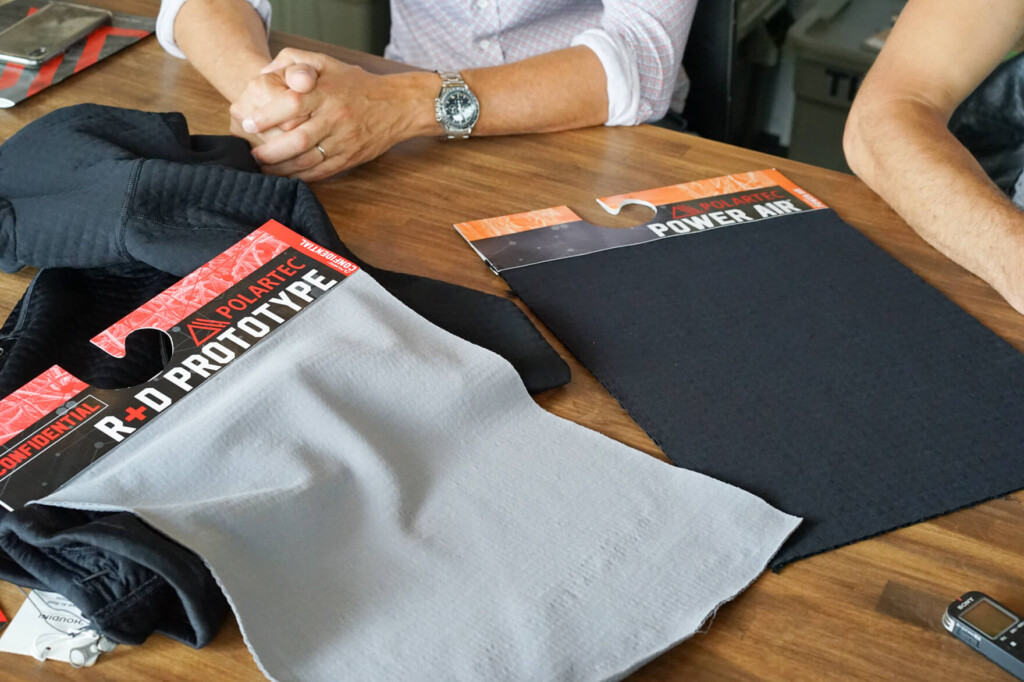
Summary: Development of the world's first fully recycled and biodegradable outdoor wear is no longer a dream
If you live in Japan, which is not at all sensitive about the global environmental crisis, it may be hard to notice the urgentness of this issue. However, it can be seen from their words that the expectations for achieving sustainability regarding materials used in outdoor products such as chemical fibers, and the competition among the various players surrounding it is steadily increasing and intensifying.
Of course, keep in mind that whether we take advantage of our efforts to fulfill our responsibility for the global environment or not, it is ultimately up to us, as users. We want to continue to protect a world where all people can enjoy the outdoors equally, and even as we become a generation after us.


 [3rd offline event] I would like to ask the people in Japan at POLARTEC to the fullest, even if they can't ask the store or manufacturers [POLARTEC NIGHT!!]
[3rd offline event] I would like to ask the people in Japan at POLARTEC to the fullest, even if they can't ask the store or manufacturers [POLARTEC NIGHT!!] [Talk event held on 8/18] Archive videos of the previous event will be released [Participation tickets on sale]
[Talk event held on 8/18] Archive videos of the previous event will be released [Participation tickets on sale] [Online streaming decided!!] The forefront of high-performance outdoor wear from Polartech [3rd offline event, further news]
[Online streaming decided!!] The forefront of high-performance outdoor wear from Polartech [3rd offline event, further news]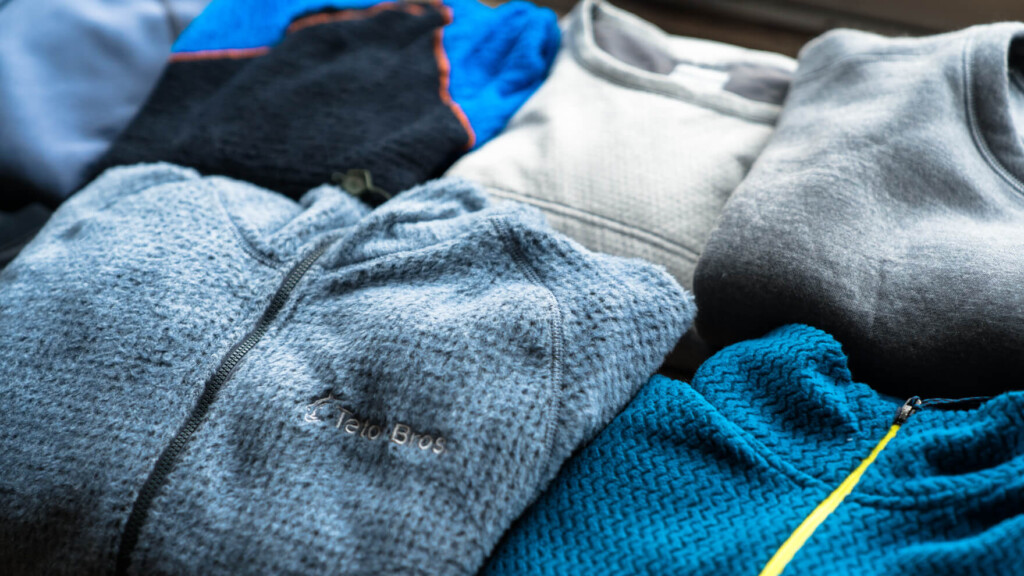 Sparkling techniques and ideas. A complete review of seven gems that give a sense of the future of fleece.
Sparkling techniques and ideas. A complete review of seven gems that give a sense of the future of fleece.